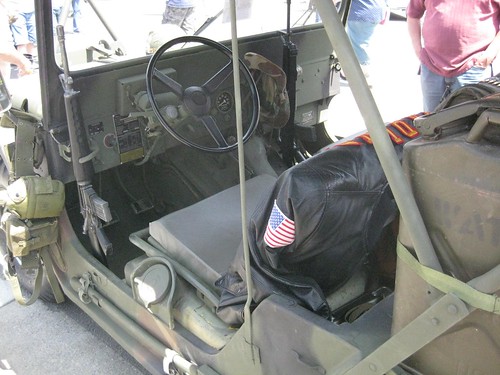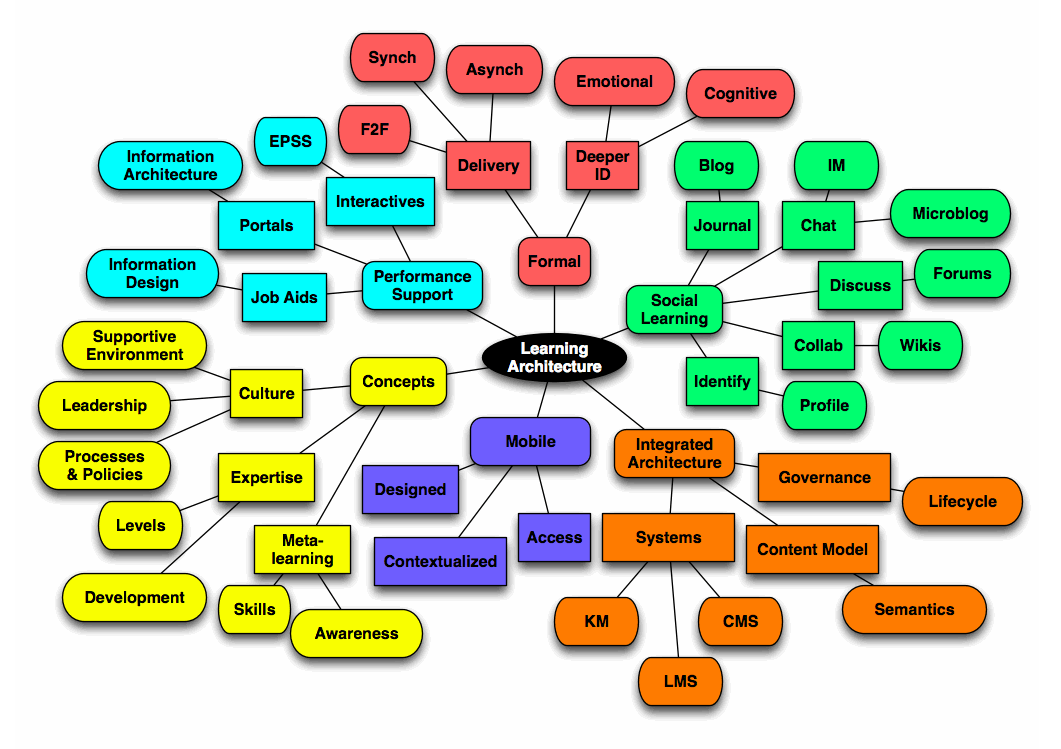
Mental models (what a thought) - Dave's Whiteboard
A mental model is a description of how the world of some domain is organized. You often hear "mental map" as a synonym, because a map shows layout and relationships.
You can find mental models in documents; you can also develop them by talking with expert performers who can describe the models they use as they work.
Ten Things to Demand From Design Thinkers - Fastcompany
- Get Clarity about Equity
- Designers are the Storytellers
- The Ergonomics of Understanding
- Good Design is Good Business
- Design Thinking Starts at the Very Beginning
- Designers Need to Be Orchestra Conductors
- Keep Design Assassins in the Crosshairs
- Use Your Head Before Your Hands
- Be a Good Shepherd
- Obsessive Compulsives Welcome Here
Working Together - Harold Jarche
Even though all levels of complexity exist in our world, more of our work (especially knowledge-intensive work) deals with complex problems, whether they be social, environmental or technological. ...complex environments & problems are best addressed when we organize as networks; our work evolves around developing emergent practices; and we collaborate to achieve our goals.
Beware Social Media Marketing Myths - Business Week
For many business owners, social networking is as valuable as a Hot Pocket is nutritious, consider the following myths:
- Social media sites are free
- Social media sites are a great place to find new customers
- You need to be on all the big sites
- Social networking sites are for marketing
- Social networking is the future





